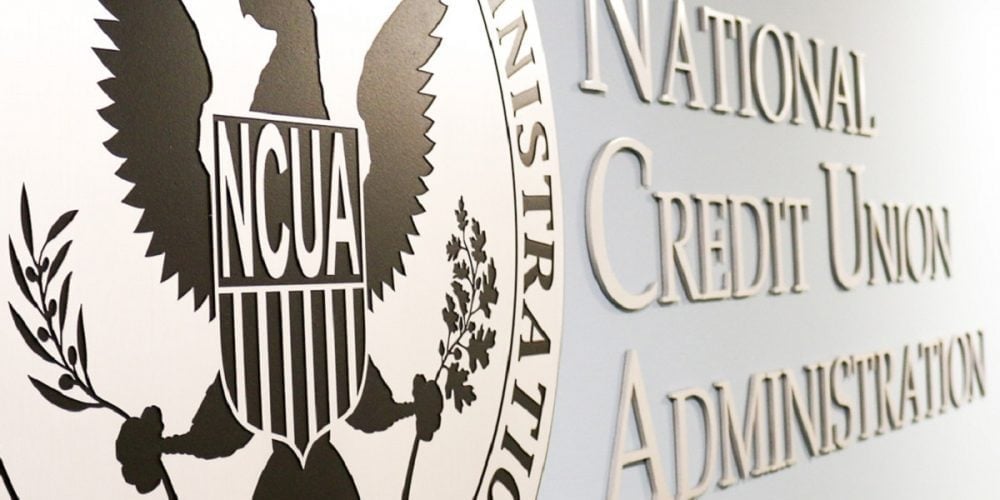A big question for many credit unions this year is: do we need to embrace wearables such as Apple Watch?
Around 2010, credit union executives saw that members demanded mobile banking. Many insisted on mobile remote deposit capture a few years later. Before that, legions demanded online banking.
Are wearables the next must-have, and is 2018 their year?
A report from IDC, the Framingham, MA market intelligence outfit, fuels these questions. By IDC's count, 2017 shipments of wearables hit 113.2 million. That number is huge, but not compared to their jaw-dropping 2021 forecast of 222.3 million shipments.
Especially intriguing is that IDC forecasts flat growth for commodity wristbands but stellar performance for slicker devices, noting, "watches (both smart and basic) are on track to take the lead and are expected to grow from 61.5 million in 2017 to 149.5 million in 2021."
Furthermore, "Smart Watches, led primarily by the Apple Watch, are expected to ship 71.5 million units by 2021, up from 31.6 million in 2017."
Very soon millions of us will have on our persons-typically our wrists-smart devices that can easily track financial transactions and even make purchases.
Robb Gaynor, Chief Product Officer at Malauzai (a banking app development company), writes in BAI that smart watches are a faster way to check balances than a phone, that they are able to provide alerts on debit card usage, and that much more is ahead. He affirms, "[Wearables] will greatly enhance our ability to keep consumers engaged and informed. And as we explore the technology, new uses are bound to emerge that haven't been developed just yet. For example: Why not use the wearable ecosystem to transfer money to your friends when they are close by?"
For you, the question remains: do we need to embrace watches and similar smart wearables now?
Vendors say that going live with a smartwatch app is cheap, often under $1000 for a credit union, in part because fees are calculated per user, and usage is not high.
But do you need it?
Probably not. At least not now.
The largest credit unions, and also ones with tech-heavy memberships, need to move faster. Think BECU in Washington, which supports Apple Pay on an Apple Watch, and First Tech Federal in California, which supports Fitbit Pay (via Fitbit Ionic) and Garmin Pay.
If you are quite big-assets well over $1 billion-or tech-focused, it's time to embrace wearables.
Wearables expert Scott Amyx says that from where he sits, he sees growth in wearables as notification devices-not so much as transactional devices. In other words, consumers are more likely to check their balances than they are to pay bills with their wearables.
Amyx also predicts that the real growth in wearables for the near-term is likely tied to health-related applications, a point agreed upon by many.
As for financial service uses, the jury is still out.
That means most credit unions can go slow with wearables in 2018.







